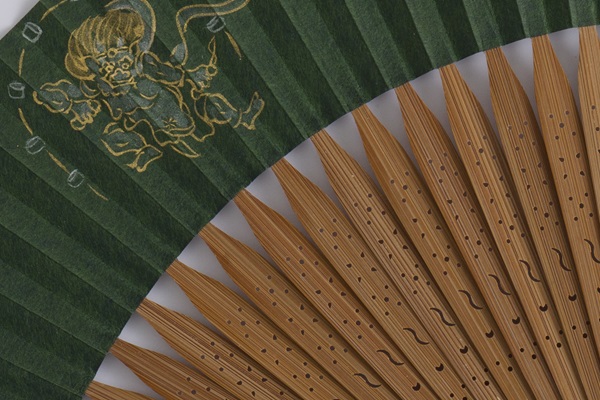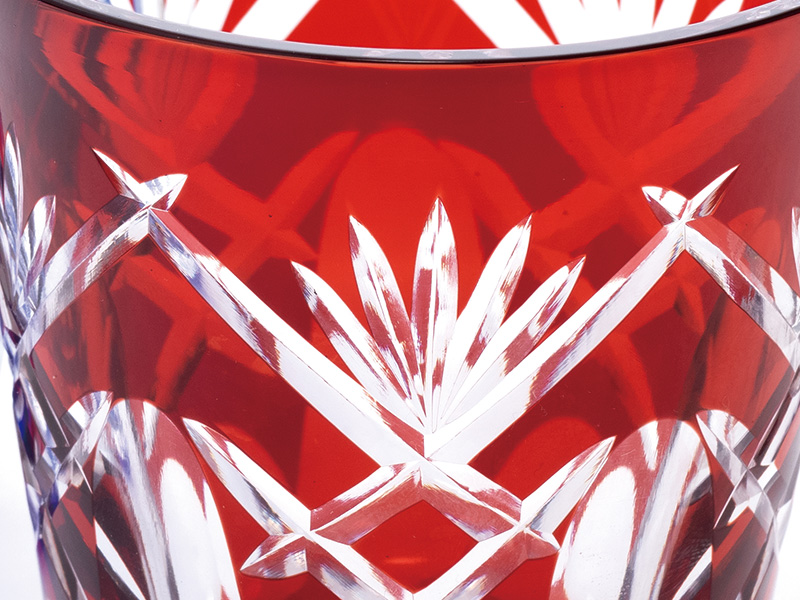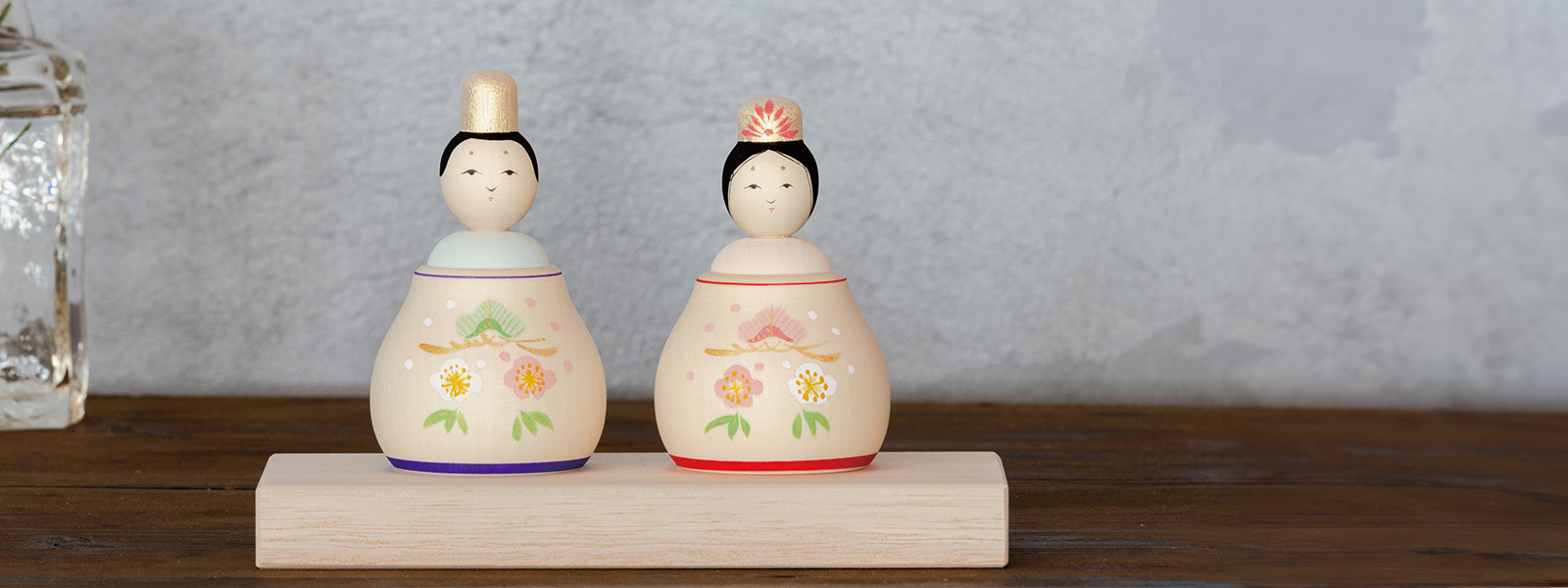The traditional craft of ‘Sensu’ (folding fan) is one of Japan’s prides. Originally derived from the verb “wind” (あふぐ/あおぐ/扇ぐ), it transformed into ‘Afugi’ (おうぎ/ Sensu). Nowadays, it is also simply known as ‘folding fan.’ Among these, the entire process—from raw material production to finishing—a traditional folding fan, all produced in Kyoto, is referred to as ‘Kyo-Sensu.’ Its opulence, delicate craftsmanship, and distinctly Japanese designs receive high acclaim even overseas.
Originating in Kyoto during the Heian period, Kyo-Sensu eventually gained global popularity.
Sensu has a long history, dating back to the early Heian period (around the eighth century AD).
Initially crafted from thin wooden boards known as ‘mokkan,’ which served as recording paper due to the scarcity of regular paper, these Sensus were primarily made of cypress wood and were called ‘hiogi.’ Over time, their shape evolved, and intricate patterns began adorning the Sensu surfaces, especially appealing to women in the imperial court. The oldest surviving Sensu, inscribed with ‘Genkei first year (877),’ was discovered in the arm of a thousand-handed Kannon statue at Toji Temple in Kyoto.
Over time, ‘paper Sensu’ made from bamboo and paper emerged and were exported to China around the 13th century. Subsequently, they traveled along the Silk Road to Europe, giving rise to Western-style fans. These exquisite Sensu, crafted from materials like ivory, tortoiseshell, silk, and peacock feathers, gained immense popularity among the aristocracy during the Middle Ages. Renowned painters such as Claude Monet, Pierre-Auguste Renoir, and Gustav Klimt depicted women holding these elegant fans in their works. Later, Western-style fans were reintroduced to Japan, leading to the creation of ‘silk Sensu.
In this manner, the tradition of Sensu-making flourished in Heian-kyo (the heart of Kyoto) and spread, eventually earning the name ‘Kyo-Sensu.’
However, today, only fans produced by members of the Kyo-Sensu Cooperative Association, using materials primarily sourced from Japan—especially Kyoto—qualify as true ‘Kyo-Sensu.’
These meticulously crafted fans, passed down through generations, combine tradition and advanced techniques, resulting in excellent functionality and a comfortable fit in the hand.

After undergoing more than eighty intricate processes, the ‘Kyo-Sensu’ is finally completed.
There are approximately eighty-seven manufacturing processes involved in creating Kyo-Sensu, each requiring a prominent level of craftsmanship. Consequently, production involves a division of labor, with skilled artisans meticulously working on each step by hand. Here, we will introduce the five main processes.
1. Sensu Bone Processing
The ‘Sensu bone’ forms the base of the fan. It consists of an outer ‘parent bone’ and an inner ‘middle bone.’
Bamboo is cut to the desired Sensu size and then shaved thinly. A hole is created for the ‘kaname’ (pivot pin) to pass through.
Bundling tens of Sensu bones using a ‘key’ prevents them from separating, and the ‘key bone’ secures the assembly—an essential step.
2. Substrate Processing
The ‘ground paper’ refers to the material used for the Sensu.
Thin Japanese paper known as ‘shingami’ is sandwiched between layers of ‘parchment paper’ and adhered together. The resulting composite is then cut into the shape of a Sensu.
3. Painting and Decoration
The artist meticulously paints each cut-out piece of paper.
Various techniques, including “foil stamping” (where gold leaf is pressed onto the glue) and woodblock printing, are used for decorative purposes.
4. Folding
The base paper, adorned with decorative elements, is sandwiched between two folded molds. The folding process occurs sequentially from the front.
A channel is created through which the Sensu bone (the fan’s structural support) will be inserted.
5. Finishing processing
Air is blown into the area where the middle bone of the folded paper passes, creating a narrow gap. The glued middle bone is swiftly inserted into this gap. The skill required increases with the number of Sensu bones.
Finally, The parent bone is shaped, and the paper is attached and left to dry, completing the Kyo-Sensu.
"Kyo-Sensu come in various types, crafted from different materials and suited for diverse applications.
‘Kyo-Sensu’ encompasses a range of fans, from those designed for practical cooling to ceremonial use.
Here are some common types of Kyo-Sensu.
Cypress Sensu
Crafted by stacking thinly shaved cypress boards and binding them together, Cypress Sensu is now often used for decoration and special ceremonies.
Sandalwood Sensu
Made from fragrant sandalwood, this type of Sensu features openwork designs on the Sensu bone or exquisite paintings. When gently fanned, it releases the elegant scent of sandalwood.
Kawahori Sensu
Born after the Hinoki Sensu, Kawahori Sensu is a paper fan. Its name derives from its construction: bamboo with a base paper attached to only one side, creating an open shape resembling a bat’s spread wings.
Kawahori Sensu is primarily used for decorative purposes.
Dance Sensu
Dance Sensu is a paper Sensu used during traditional performing arts and dances, such as Japanese dance and kabuki.
Weights are strategically placed near key points to facilitate gestures, such as throwing the Sensu during a dance performance or rotating it in a “turn over.”
Noh Sensu
Noh Sensu is a paper fan specifically designed for Noh and Kyogen stages, evolving after the Muromachi period.
Different schools adhere to traditional rules regarding Sensus and their designs.
Tea Sensu
Tea Sensu is a paper Sensu used in tea ceremonies.
Although not for fanning, it serves as a boundary during greetings in the tea ceremony. Depending on the school, men typically use a 6-inch (about 18 cm) Sensu, while women use a 5-inch (about 15 cm) Sensu.
Celebration Sensu
These ceremonial Sensus are worn during celebrations.
The shape of the fully spread end has long been considered auspicious.
Men often have bamboo bones with a simple white base, while women’s Sensus combine black-painted bones with gold or silver paper.
Official Sensu
Official Sensu refers to paper Sensu used during ceremonies in palaces, shrines, and temples.
Spun Silk Sensu
Spun Silk Sensu represents a development in Sensu design. Born in Japan and re-imported, these Sensus use silk and cloth instead of paper. They are lighter than traditional paper Sensu and create a cool impression.
Tamamushi ryu
Tobae
Summary
The Kyo-Sensu, blending utility and beauty, not only provides a refreshing breeze on hot days but also serves as a cherished gift for celebrations and an auspicious decoration at entrances in Japan.
Some Kyo-Sensu are highly artistic, meticulously hand-painted by skilled craftsmen, featuring a variety of patterns. Others are scented with fragrant woods like sandalwood, agarwood, and kyara, releasing a delightful aroma with each gentle fan. Additionally, their compact folding design makes them convenient to carry. Surprisingly versatile, Kyo-Sensu complements not only traditional Japanese attire but also casual Western clothing, making it an ideal gift for fashion-forward individuals.












